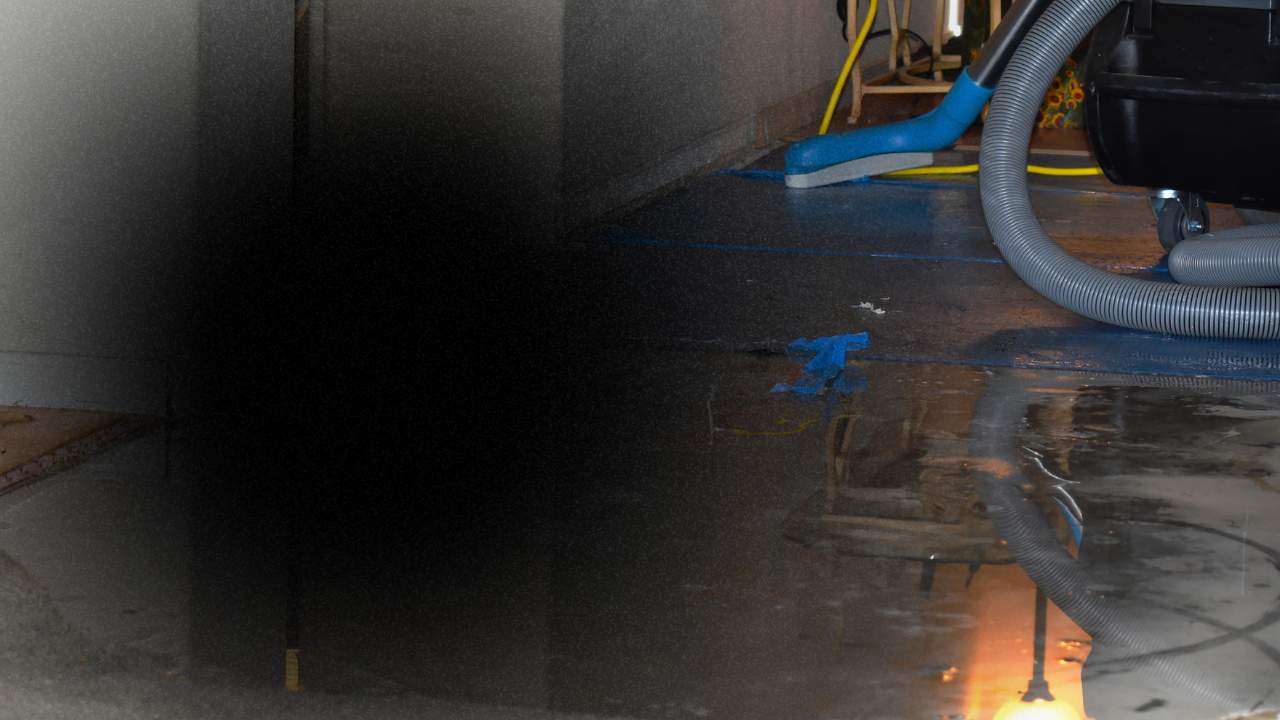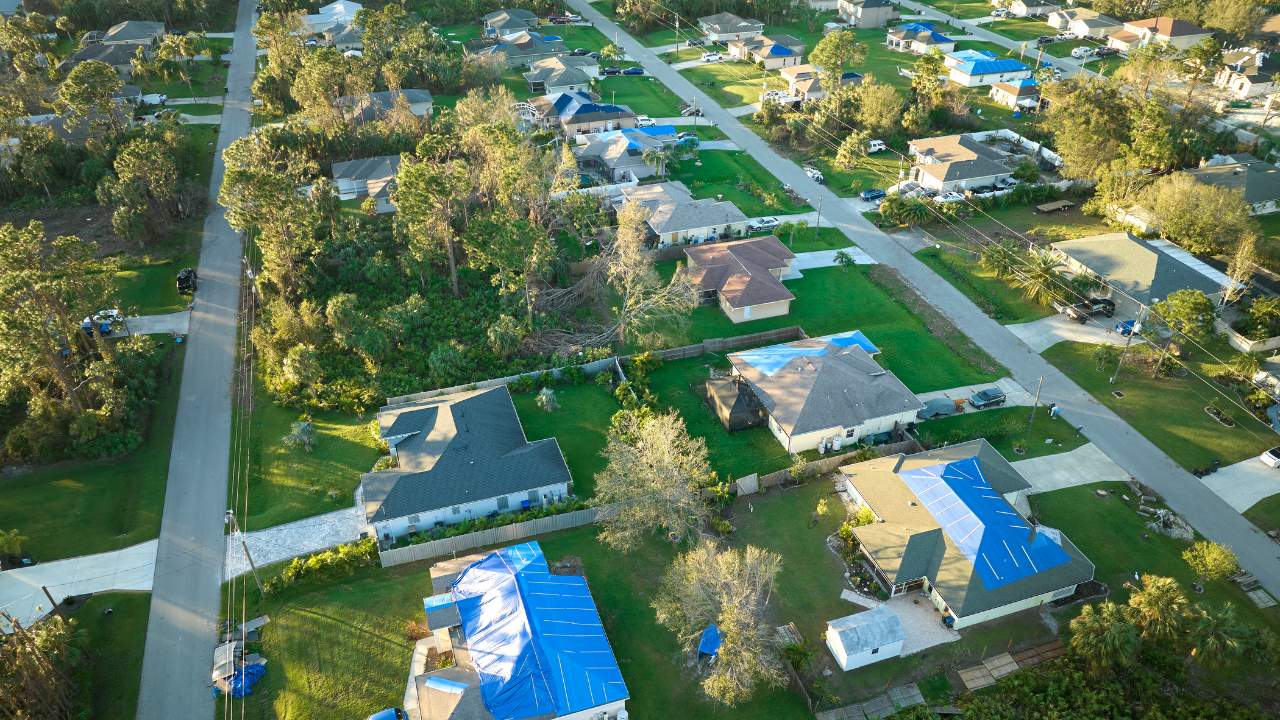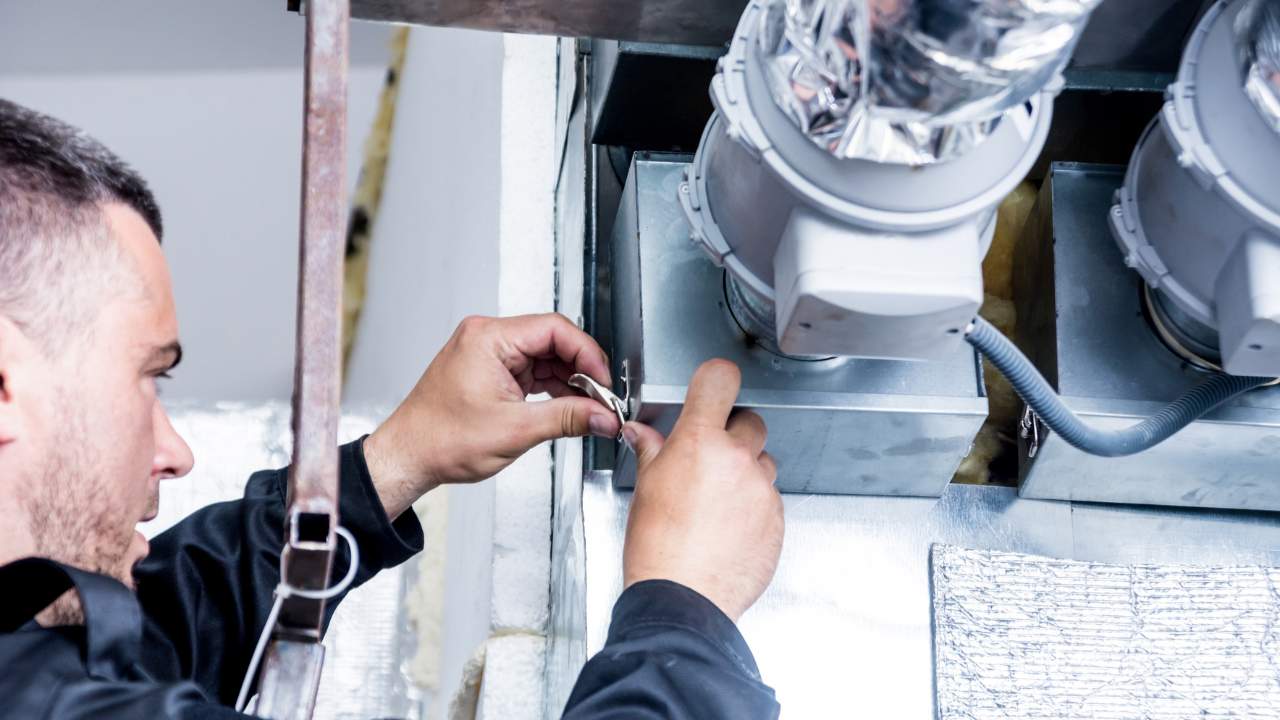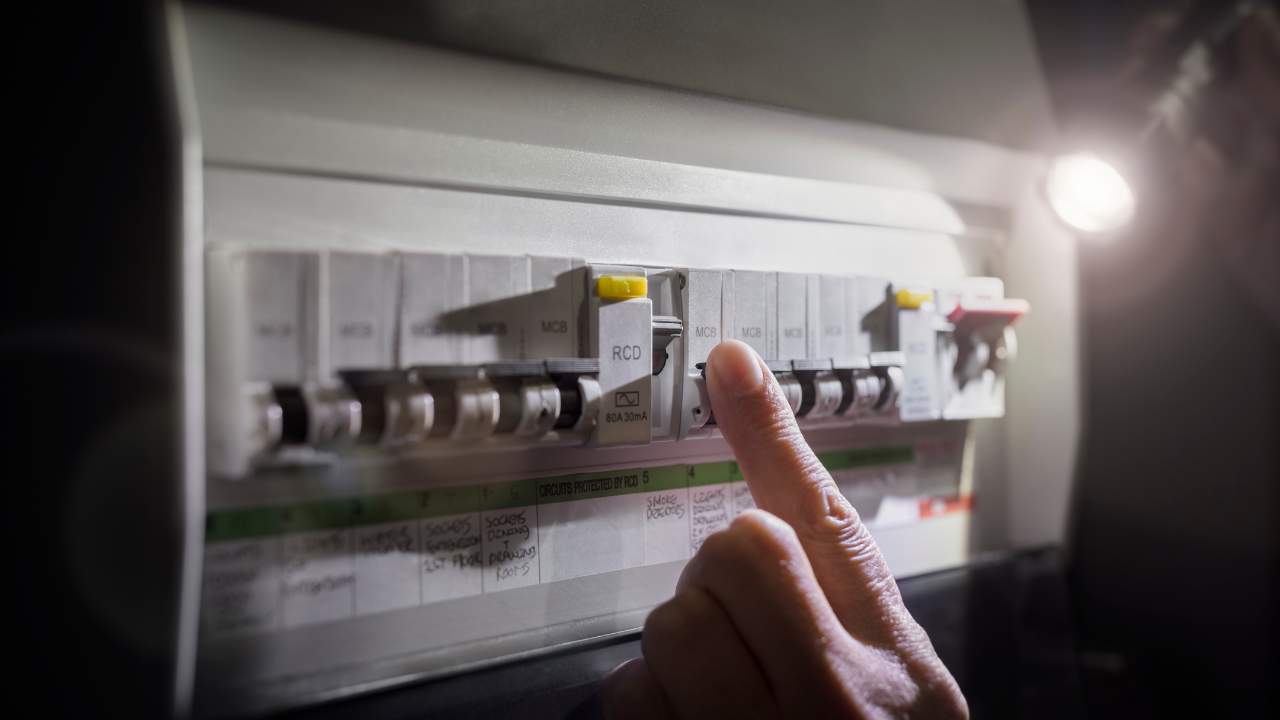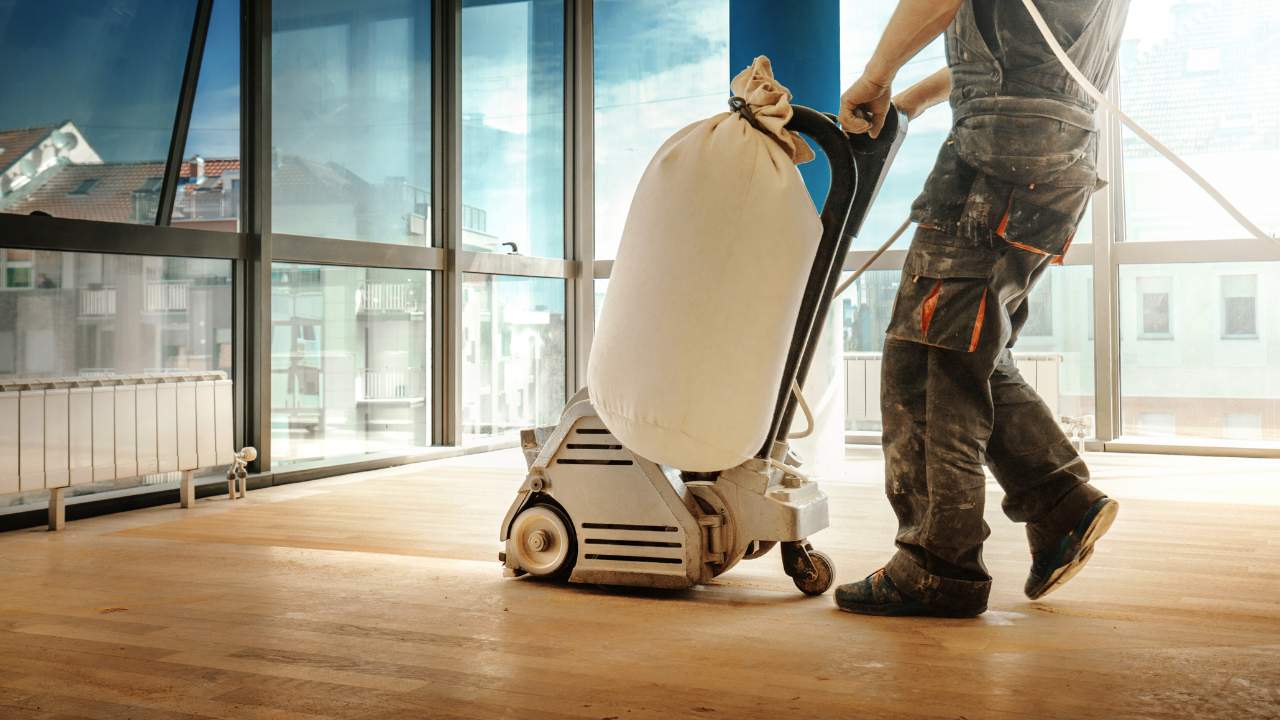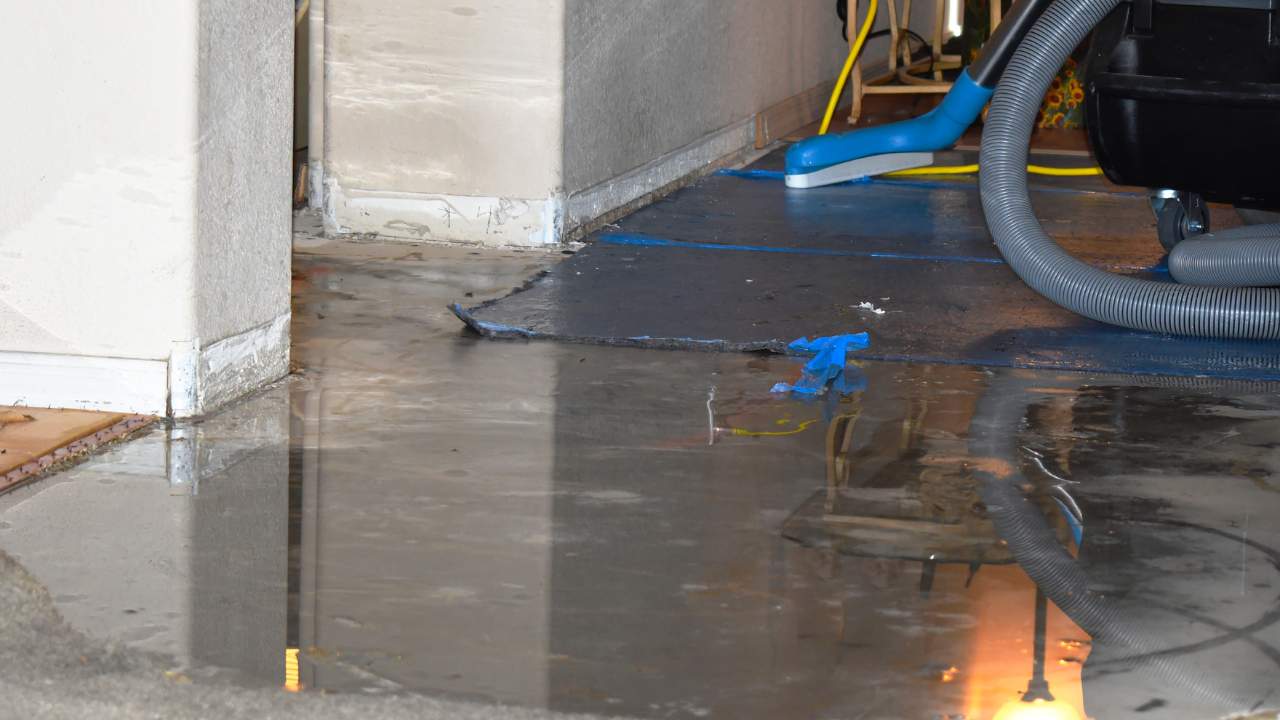When disaster strikes your commercial property in New York, the aftermath of water damage can be overwhelming. Whether it’s a burst pipe, natural flooding, or a malfunctioning sprinkler system, the consequences can be devastating for your business. However, understanding the process of commercial water damage restoration in New York can help you navigate this challenging situation effectively. In this guide, we’ll explore essential strategies and tips to ensure your property is restored to its former glory, minimizing downtime and preventing future issues.
Water damage doesn’t just affect the aesthetics of your commercial space; it can lead to structural problems, mold growth, and a host of other complications that can impact your bottom line. That’s why having a reliable restoration plan in place is crucial. In the bustling environment of New York, time is of the essence, and knowing how to act quickly can save you from costly repairs and lost revenue. Get ready to dive into the vital steps for managing water damage restoration and learn how to protect your investment effectively.
0 best commercial water damage restoration in new york
Understanding Commercial Water Damage
Water damage in commercial properties can stem from various sources, including plumbing failures, weather-related incidents, or even human error. Quick identification of the source is essential, as it allows for a more targeted response. The longer the water sits, the more severe the damage becomes, leading to structural issues, mold growth, and potential safety hazards. Knowing the common causes of water damage can help you implement preventative measures.
The Restoration Process
Commercial water damage restoration in New York typically follows a systematic process designed to mitigate damage and restore your property efficiently. Here’s a step-by-step guide:
- Assessment and Inspection: Begin with a thorough assessment of the damage. This includes identifying the source of water, categorizing the type of water (clean, gray, or black), and evaluating the extent of the damage.
- Water Extraction: Once the assessment is complete, the next step is to remove any standing water. Professional restoration companies use industrial pumps and vacuums to extract water quickly, reducing the risk of further damage.
- Drying and Dehumidification: After extraction, it’s crucial to dry out the affected areas using high-powered fans and dehumidifiers. This step helps prevent mold growth and further structural damage.
- Cleaning and Sanitizing: Cleaning the affected areas is essential to remove contaminants and prevent health hazards. This process may involve using specialized cleaning agents and equipment.
- Restoration and Repairs: The final step involves restoring the property to its original condition. This may include repairing drywall, replacing flooring, or repainting walls. A good restoration service will ensure everything is returned to normal.
Preventing Future Water Damage
While it’s impossible to predict every water damage incident, there are steps you can take to reduce the risk. Regular maintenance of plumbing systems, installing sump pumps, and ensuring proper drainage around your property can go a long way. Additionally, consider investing in water detection systems that alert you to leaks before they escalate. Educating your staff on emergency procedures can also prepare your business for quick action in case of water damage.
In conclusion, understanding commercial water damage restoration in New York is vital for any business owner. By taking preventative measures and knowing the restoration process, you can protect your property and ensure a swift recovery when water damage strikes.

